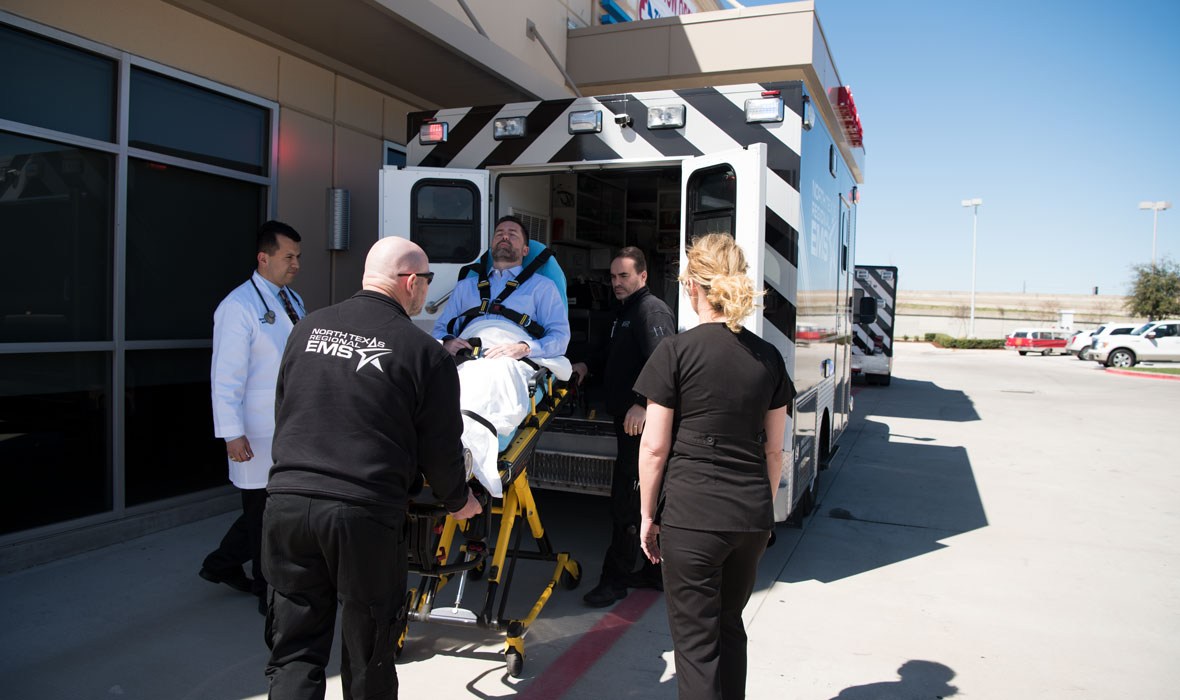Does Your Team Feel Unseen? Close the Leadership Disconnect with 2-Way Communication
Editor's Note: In July 2025, EMS1 and Fitch & Associates released their annual EMS trend survey, What Paramedics Want, proudly sponsored by Pulsara....

EDITOR'S NOTE: This article originally appeared on EMS1.com and was authored by John Romeo, deputy chief medical officer, St. Charles County Ambulance District.
In April, the Center for Patient Safety awarded St. Charles County Ambulance District with the EMS Patient Safety First Award. The Center for Patient Safety cited SCCAD’s establishment of a Peer Review Committee, development of a safety plan involving all staff, and the adoption of a Just Culture as rationale for the selection. The group also lauded the implementation of the medication administration cross check as a measure to reduce dosing errors.
EMS providers are at increased risk for medication error due to the emergency nature of their work, environmental conditions and time pressures. Providers work long hours, and fatigue often plays a role. In 2014 in “Prehospital Emergency Care,” Lammers et al. published a simulated study on the treatment of pediatric anaphylaxis. Fifty percent of providers gave incorrect doses of epinephrine. The root causes for these medication dosing errors were identified as:
The medication administration cross-check was first designed and implemented by the Sedgwick County, Kansas, EMS System in 2012. It was developed by Dr. Sabina Braithwaite (medical director for the Sedgwick County EMS System at the time), Captain Paul Misasi and Major Jon Friesen of the Wichita/Sedgwick EMS System.
Most providers are familiar with the six rights of medication administration. The sixth right of safe medication administration – the right documentation – is frequently used as a guidepost, and provides the basis for the medication administration cross check. It is a simple, two-provider verbal procedure, which requires the providers to confirm the planned:
Contraindications (or lack thereof) are considered as a second step by both providers. Next, providers confirm volume or quantity to be administered. Finally, they concur and provide dual positive visual verification for the drug concentration and volume (or amount) to be given before administering it to the patient.

Editor's Note: In July 2025, EMS1 and Fitch & Associates released their annual EMS trend survey, What Paramedics Want, proudly sponsored by Pulsara....
![[PRESS RELEASE] Published Research Finds Up to 31% Faster STEMI Treatment Times in Rural Hospital Setting with Pulsara](https://www.pulsara.com/hubfs/_1_website-page-blog-assets/pulsara-hosp-teams-assign-cardio-stemi-rn-1200x701.jpg)
Published research shows how using Pulsara, alongside standardized field activation and a focus on stakeholder relationships, improves STEMI care and...

Editor's Note: In July 2025, EMS1 and Fitch & Associates released their annual EMS trend survey, What Paramedics Want, proudly sponsored by Pulsara....